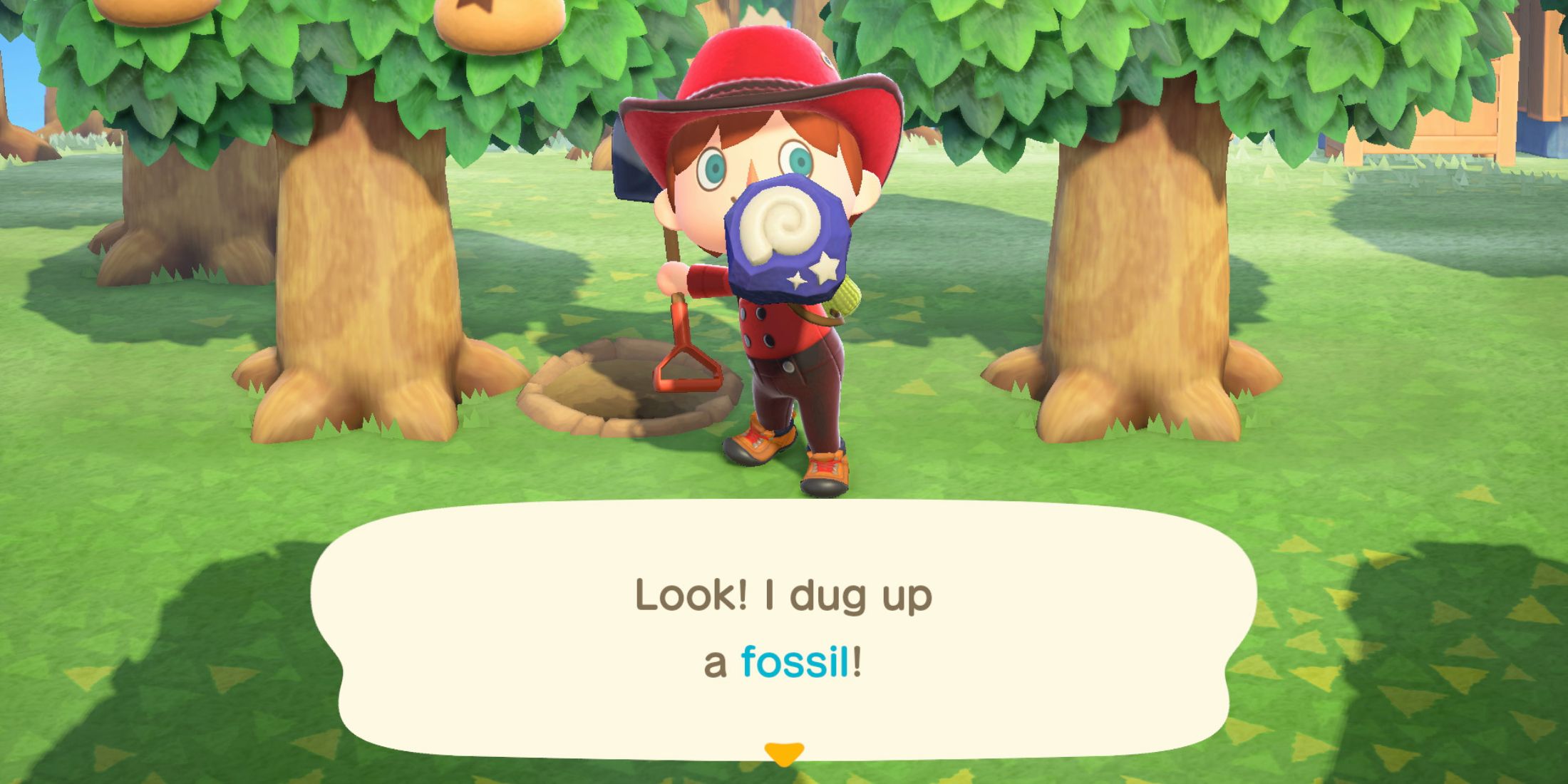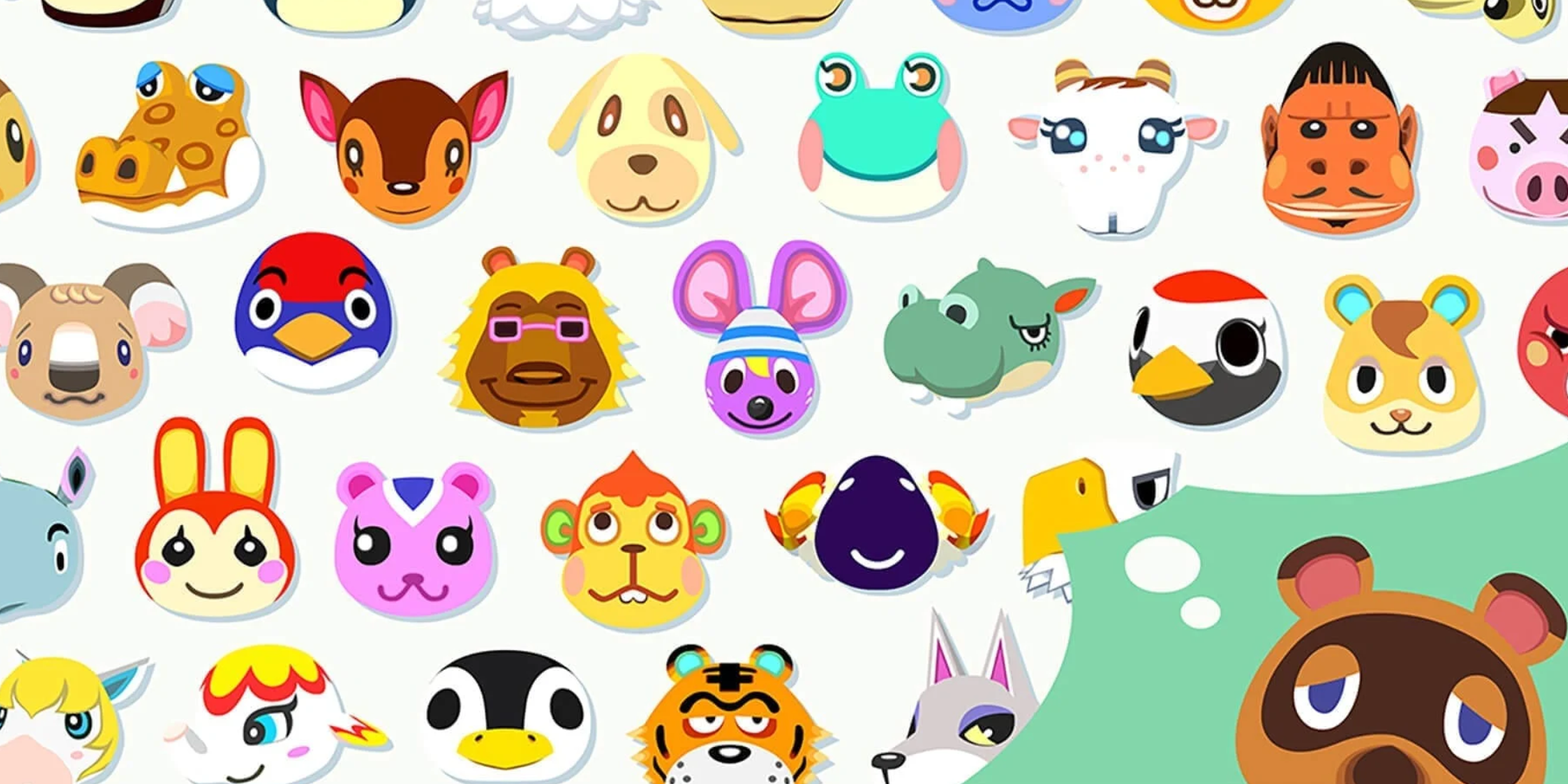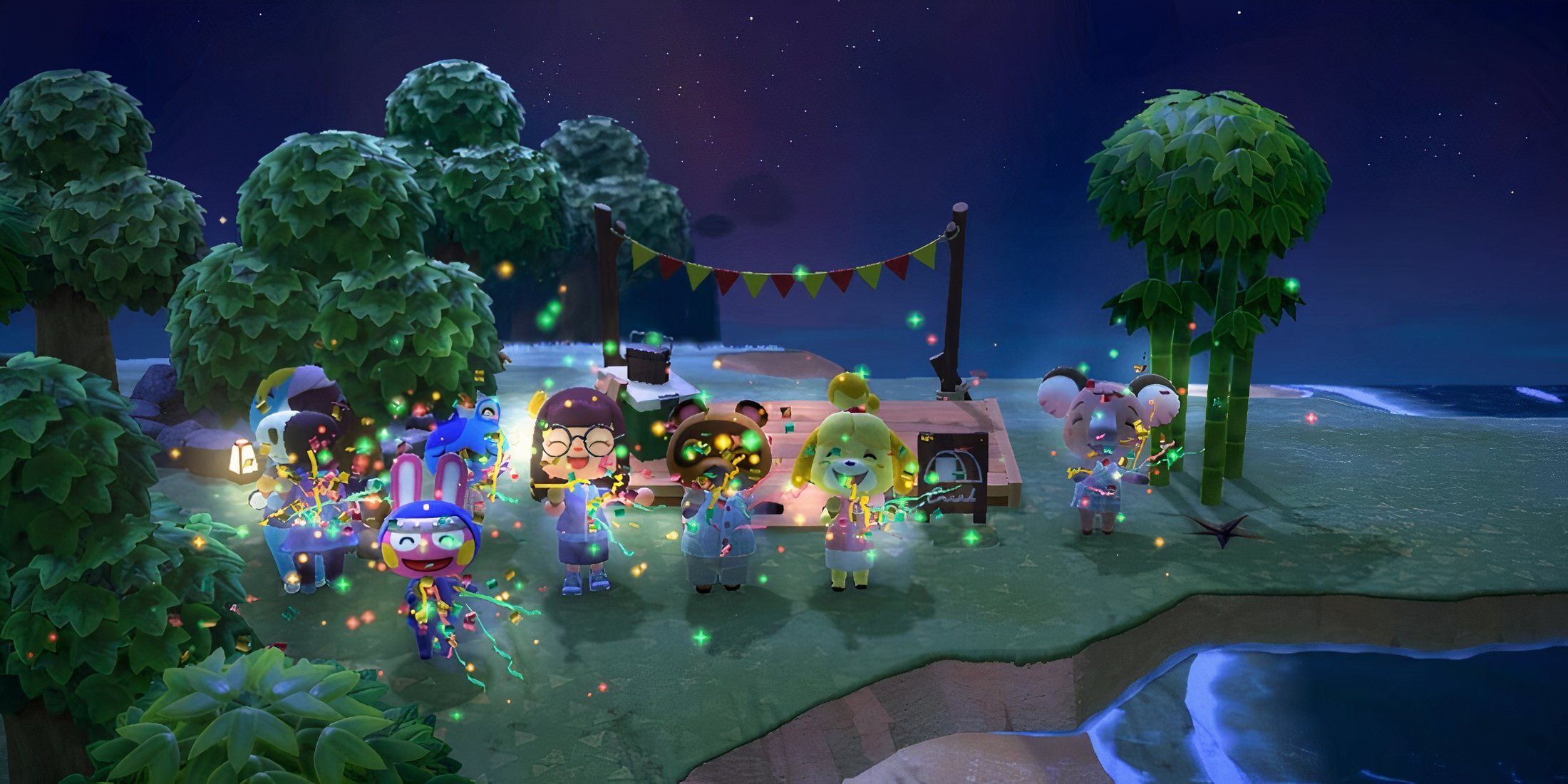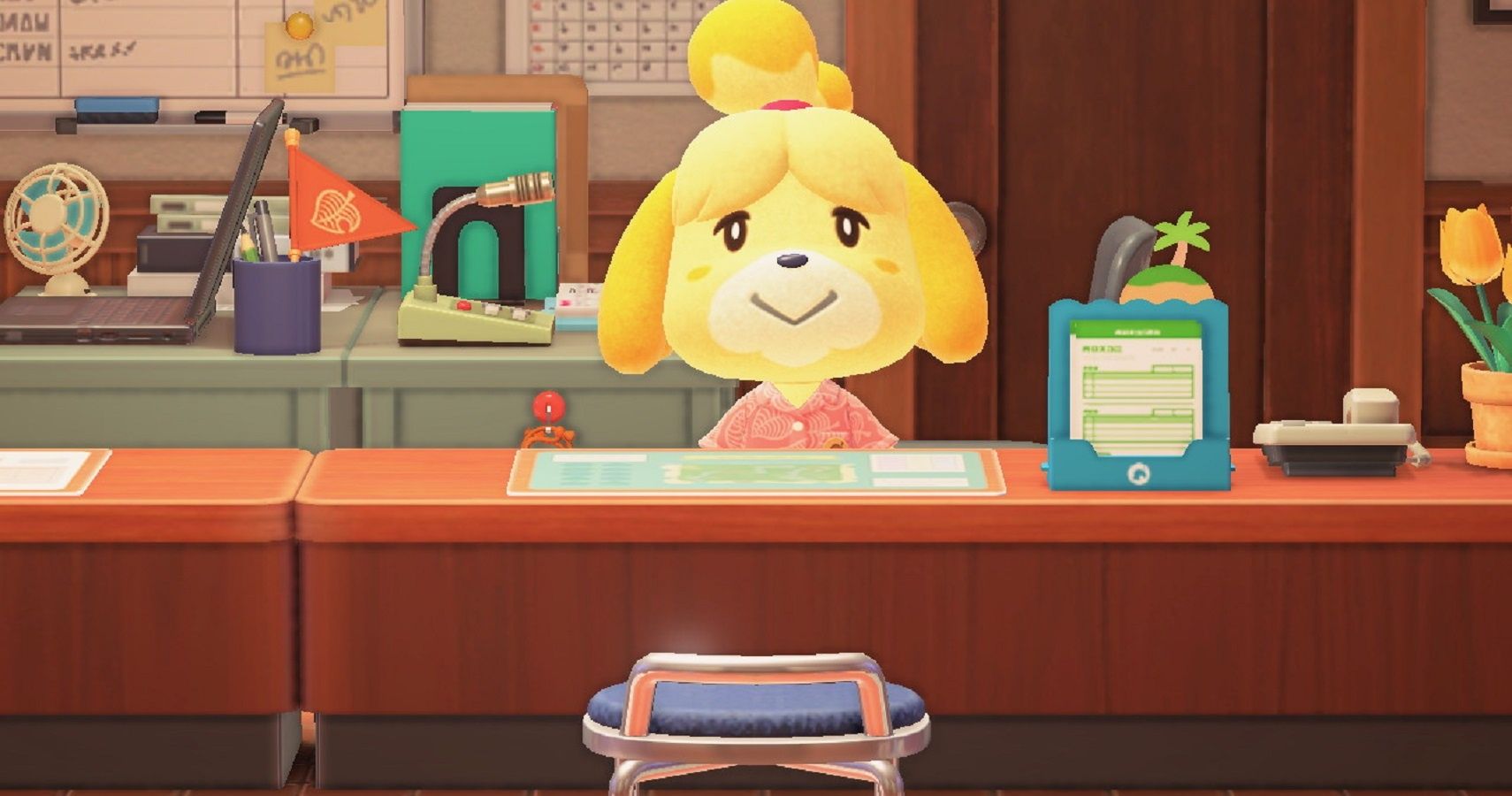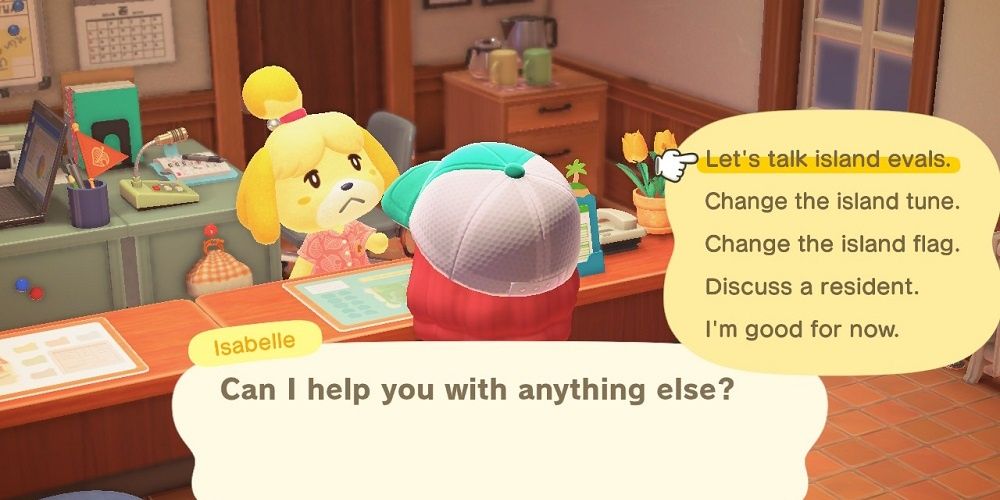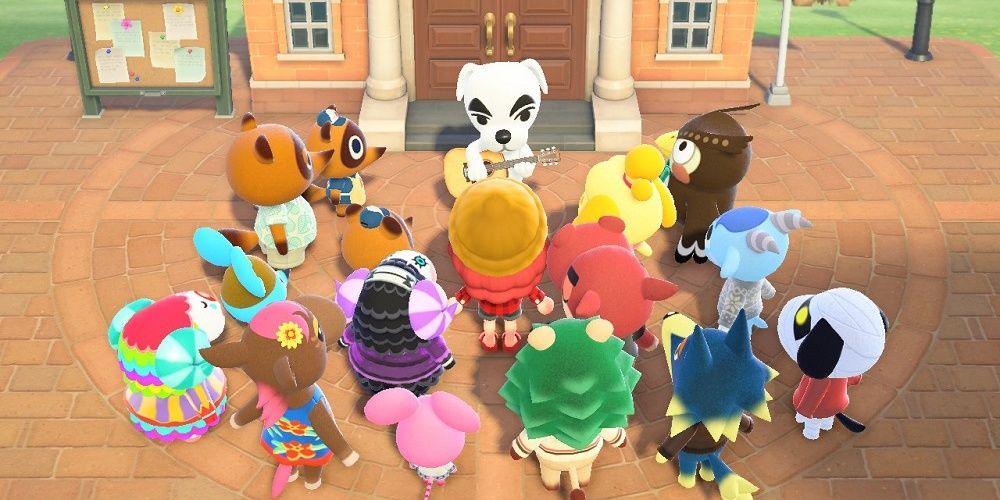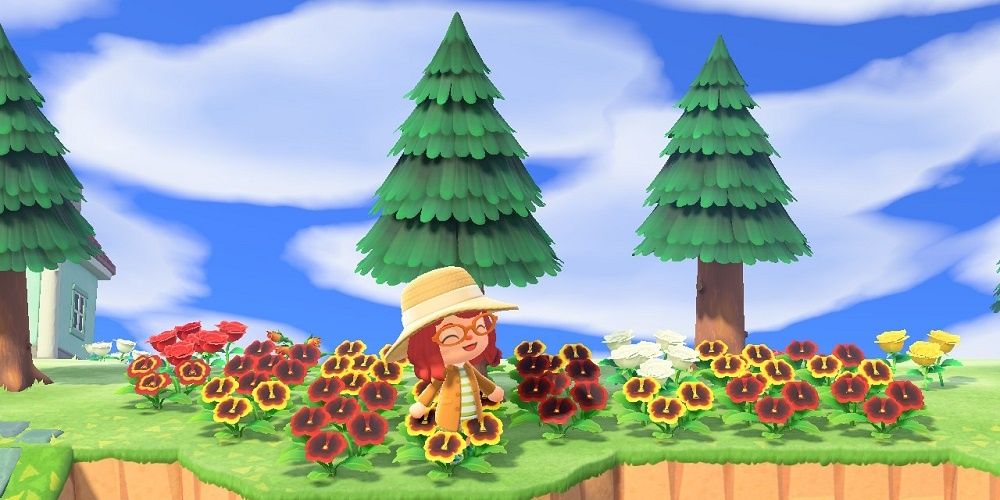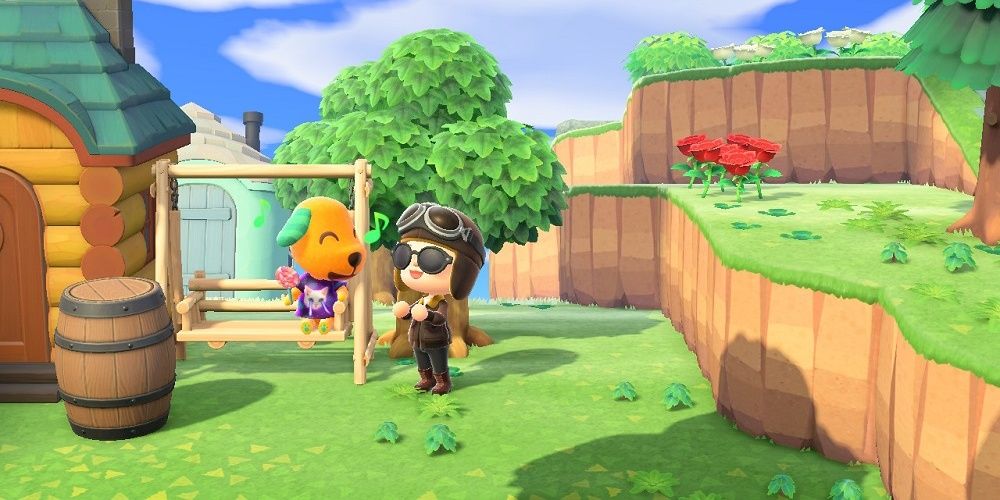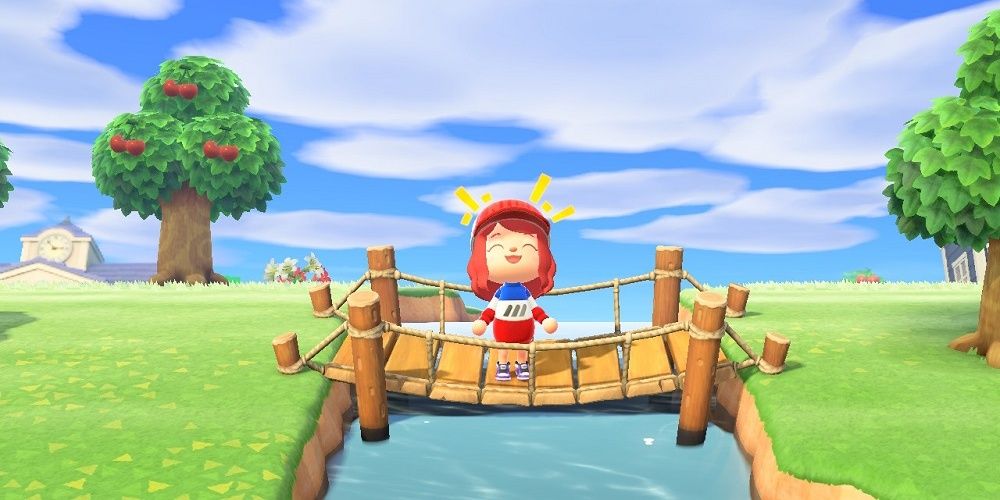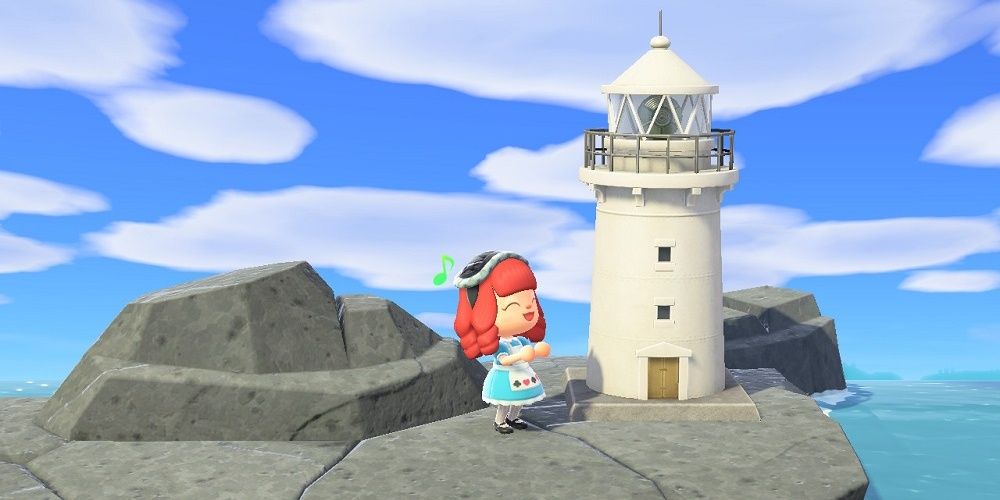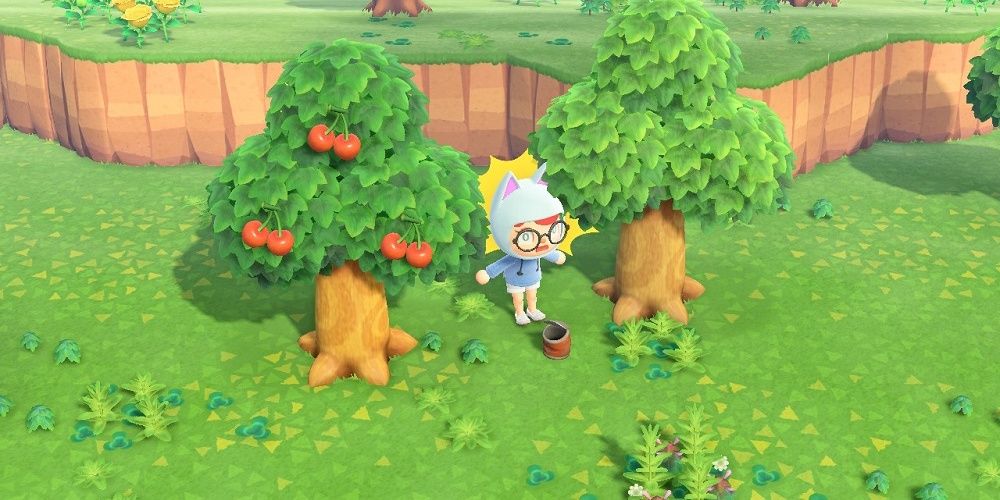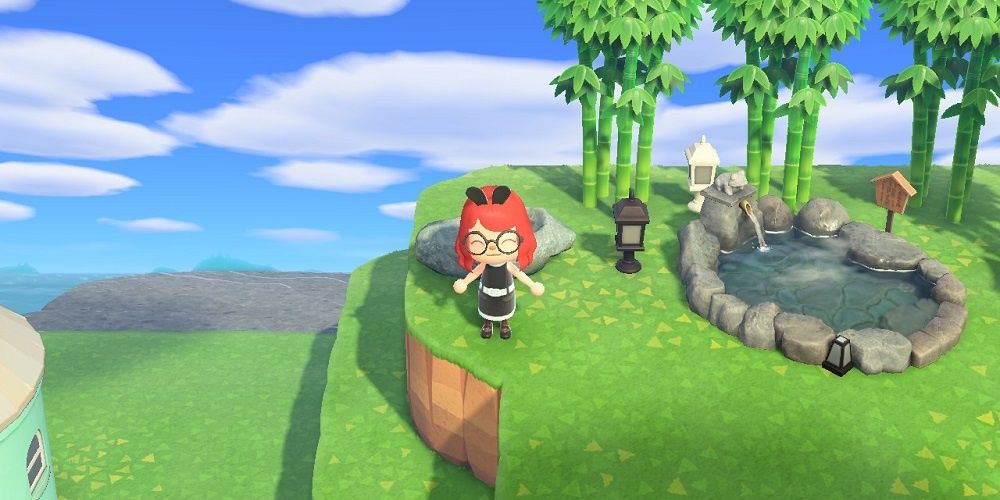Animal Crossing: New Horizons is still keeping us busy and keeping us sane while we're in lockdown, with even celebrities like Elijah Wood and Danny Trejo joining in on the island fun. While the game is a relaxed life-sim, there are still objectives for you to complete at your leisure in order to progress the events on your island.
Once you get your island to a three-star rating, K.K. Slider will visit your little town and the credits for the game will roll. Though some could argue this is the "end" of the game, there's plenty more to do afterward, with Island Designer App unlocking at that point and the ultimate goal of getting to a five-star rating.
10 Point-Based System
Isabelle is your go-to NPC when it comes to island evaluations, not only telling you what your current rating is, but also giving you some vague hints as to what you might be able to do to improve your rating. However, her advice isn't as clear as you might hope and it doesn't delve into the real details behind the ratings.
Your island rating will be based on two main categories, development and scenery. Both of these categories use a point-based system to determine your star rating and you have to hit a certain amount of points to improve your ratings. For example, to get a five-star rating you'll need 665+ points in development and 450+ points for scenery.
9 Residents Matter
It's a given that players can be particularly picky about the residents they have on their island, especially as some villagers are disliked. So, if for whatever reason you haven't sold all of your plots of land to get the maximum amount of residents you can have, which is ten by the way, then you may be ruining your own star rating.
You must have at least eight residents to be able to achieve higher than a two-star rating. So it doesn't matter if your island is normally full but one of your neighbors moves away and you're waiting for a newcomer, but if you're purposefully holding back on building those last few houses, it's impossible for you to get K.K. Slider.
8 Scenery Points
You earn points based on your scenery, that's all your plant life including trees and flowers, so best get out your gardening tools. For each full-grown tree on your island, including bamboo plants, you get one point up to a total maximum of 190 points.
Flowers have a different scoring system and you'll get more points based on whether a flower is full-grown or not. A flower sprout only gets you o.5 points, a flower stem or flower bud is worth 0.7 points and an adult flower is worth one whole point each.
7 Furniture Points
Your DIY furniture items also add to your scenery points and you get more points for placing different pieces of furniture. You earn a point for each unique piece of DIY furniture that is one of the following tile sizes: 3 x 1, 3 x 2, and 3 x 3. Points are also worked out by the number of furnishings placed multiplied by 0.25, as well as the number of furniture types x 0.75 if you have ten or more different types.
For non-DIY furniture, you earn a point for each unique piece that is placed, plus the number of placed furniture types is multiplied by 0.5 if there are between five and ten unique pieces placed, as well as the number of types x 0.5. If there are more than ten unique types of furniture, the points are worked out based on the number of items placed x 0.25 and the number of types x 0.75.
6 Development Points
Developing your island with construction projects is key to increasing your island evaluation score. Once the museum is built, you will earn 15 points, once Nook's Cranny has been upgraded you will earn another 15 points, and lastly, when the Able Sisters is built you will get yet another 15 points.
Additionally, you'll get extra points for smaller construction works such as bridges and inclines. Each bridge and incline, regardless of design, will give you 15 points each. As you need over 665 points to get to a five-star rating, you'll need to build multiple bridges and inclines.
5 Bonus Points
There are some ad-hoc tasks that will net you some bonus points towards your island evaluation score. Removing weeds and placing fences around your island counts towards these bonus points. The added points you get from fences are based on the number of fences you have multiplied by 0.2.
Additionally, placing expensive furniture outdoors will earn you some bonus points, especially if those items are suited for outdoor use. If you have furniture that is recommended for outdoors, you get points x 0.5 the amount of outdoor furnishings you have. This increases to x 1 per furnishing if the item costs between 2000 and 20,000 bells. If the cost is over 20,000 bells then you get x 2 per outdoor furnishing.
4 Negative Conditions
There are certain things that can cause negative conditions and as a result, will subtract points from your island evaluation rating. If you have more than 15 items dropped on the ground, not placed, but just dropped, then your island will be considered messy. It doesn't necessarily have to be "trash" items, it could be clothing that you have simply discarded. Shells, branches, stones, and star fragments don't count towards this.
Another negative factor can be cluttering, so any 8x8 block that has 45 or more tiles covered with furniture will be considered as cluttered. Buildings, bridges, rocks, and buried items do not count towards this.
3 Double Your Score In Places
Your island consists of 9216 tiles; each is about the same size space that it takes for your character to stand/sit in one position. Furniture is graded on an 8x8 block of tiles basis for your scenery score. However, in each block, if there are more than 45 or more tiles covered by furniture, the block will be considered as cluttered and cause a negative score against you.
Each block of tiles is scored individually, but you can use furniture that overlaps between two blocks, allowing it to count for both and effectively doubling your score for that particular item. This scoring system is for furniture only; plant life scoring does not conform to this.
2 Golden Watering Can
Once you reach a five-star rating, Isabelle will reward you by giving you the recipe for the coveted golden watering can. Unlike previous Animal Crossing games, the golden watering can in New Horizons still breaks, much to the disappointment of fans. If it wasn't annoying enough that you'll have to keep making this masterpiece over and over, it also needs a rare gold nugget each time.
The watering can is a must for players looking to grow the elusive gold rose, while it is possible to grow some without it, it's extremely rare and so having the golden watering can boost your chances greatly.
1 Lily-Of-The-Valley
Also known as Jacob's Ladder in some of the previous games, this rare flower would appear when towns reached "perfect status". As far as Animal Crossing: New Horizons goes, that means getting a five-star rating if you want to see this little beauty bloom on your island.
Once you have the full rating, there is a chance of one Lily-of-the-Valley flower appearing each day and you'll need to dig it up in order for another to appear on your island. You can then collect as many as you like to create a full flower-bed if you wish.

